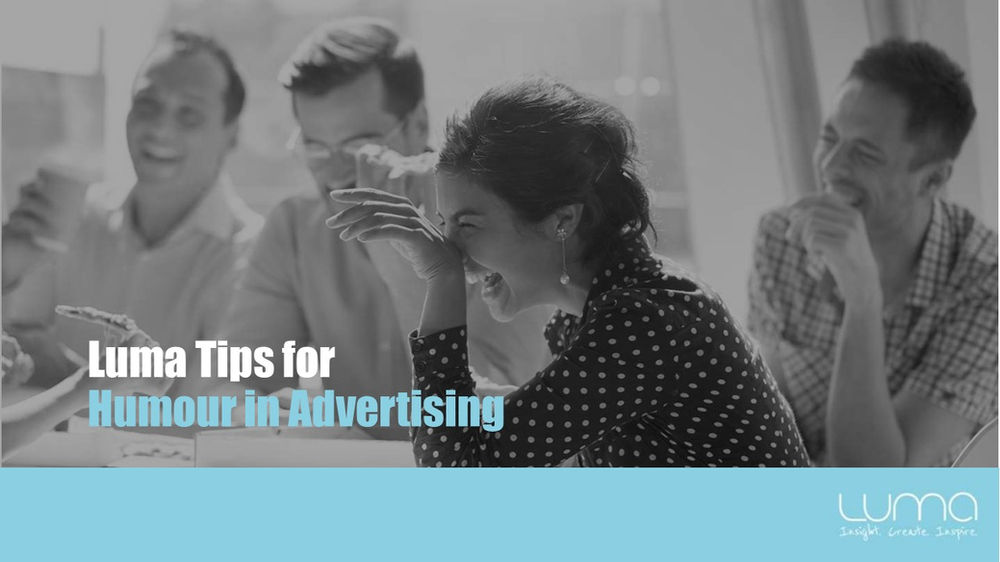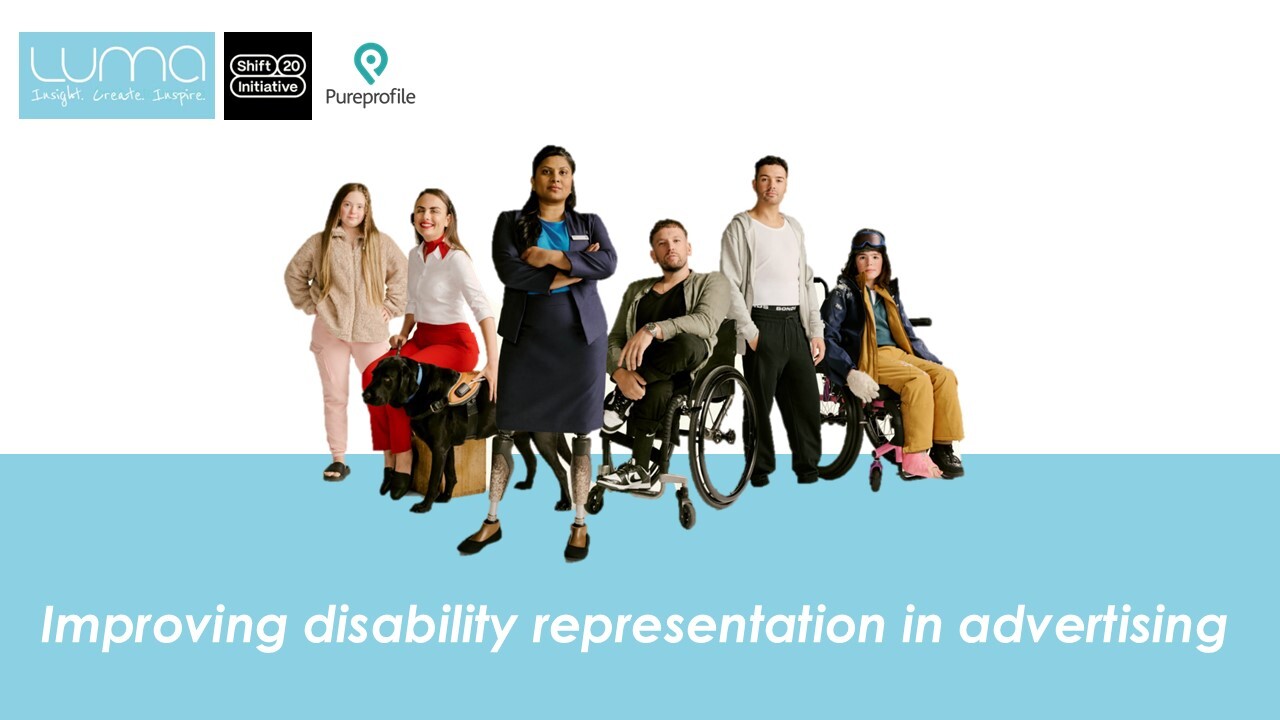It was a good question and one that got me thinking. Does humour always work? When is the right time to use humour? And what are some of the key considerations?
As we know, all brands strive to create an emotional connection with consumers. I even heard the judges on the TV show ‘The Block’ talking about how the newly renovated properties need to have an emotional connection to sell.
In advertising there are lots of ways we can do this – we can use our storytelling to create feelings of warmth, nostalgia, love etc. We can use music to help transform our audience. Our message can even have an emotional impact. Or, we can just make our audience laugh.
Humour has long been used by advertisers to get attention. If you think back to your favourite ads, chances are they are the ones that make you laugh and feel good. Annually in our analysis of the Super Bowl ads, we see that it is the ads that tickle the funny bone which resonates most strongly.
But humour works on lots of levels. Humour can help to get your ad noticed, but it also works to help us deliver our message and make people like and trust our brand. That is why it can be the quickest way for your advertising to have an impact. And, let’s face it, when you only have 15 or 30 seconds to engage your audience, this can be a huge help. Let me explain….
Humour has a physiological impact on our bodies. When we laugh, our bodies release endorphins – the feel-good hormone. This makes us happy, but also helps us to relax and drop our defences. By association we then feel a little more positively about the person who made us laugh – we like them a little bit more. Psychological studies show that people are more trusting of people they like. So, this then makes us more likely to listen to and believe anything else they have to say.
But this is not new news. Guys have been using humour to help them pick up women for years. Think about it – when you are in a bar, the guys who are the most successful are the ones that make girls laugh. They have a funny pickup line, the girl relaxes, feels good, likes the guy, trusts him and so when he asks if he can have her number, the girl is more obliging! It doesn’t work out so well for the guy who is boring, too earnest or forthright.
And same applies to brands and your advertising. We should think more of our interactions with consumers as building relationships. We want to win over our consumers on our first and subsequent meetings, get them to like us, trust us and also believe what we have to say.
Sounds easy. Sounds obvious. That’s exactly what we want our advertising to do. So, what do we need to consider if we choose to use humour in our brand communications? Here are five key tips to getting it right.
1. What type of humour to use
Apparently, there are nine types of humour. So think about the way you are using humour in your advertising and the role it plays for your brand. Here are the options…
I. Physical or slapstick humour – think of ‘Funniest home videos’ or Benny Hill – this is people walking into windows, slipping on banana peels or falling off slides. It generally surprises people with awkward situations and makes them laugh.
II. Self-deprecating Humour – we like it when other people make fun of themselves to make others laugh. It makes us look real, humble and vulnerable. This humour can also work well in advertising if we show that we don’t take ourselves too seriously.
III. Surreal or absurd humour – this one can be tricky as it can come across as weird, odd & strange. But this is where we take the world ad to flip it upside down. Think of Monty Python.
IV. Improvisation Humour – this doesn’t really work in advertising. It can be quite difficult to pull off as it is the sort of humour where everything is made up on the spot. Think of Saturday Night Live.
V. Witty or dry humour – can use irony, sarcasm, satire or parody and can be quite wry or droll. This sort of humour can require a bit of processing to properly understand and is not always ‘laugh out loud funny.
VI. Wordplay and Puns – can also be known as ‘dad jokes. They use double meanings and phonetic mix-ups like spoonerisms to engage people. These can be clever but are often felt to be corny or cheesy.
VII. Observational humour - this is the sort of humour that is regularly used by stand-up comedians where they find relevant humour in examining our day to days lives. Generally, it is based on a human truth and so makes it broadly relatable.
VIII. Potty humour – this is fart jokes, toilet humour and other juvenile gags. I don’t really need to say anything more about this one!
IX. Dark humour – grim, bitter amusement or sick humour which people can describe as “wrong”. This type of humour can offend others so it is best to be avoided in brand communications.
Based on our experience in researching ads, generally, the sort of humour that works best is based on a human truth or insight (type 7). Generally, this sort of humour is relatable and makes people smile each time they hear/see it. In advertising, it works as it also helps to show the audience that you understand them and their world, which leaves them feeling good and can indicate that you are a brand for them.
2. If the ad is trying to be funny – it must be funny
Hmmm – this is a no-brainer! But it is our number one tip as we honestly see ads every week where the humour lands flat. Making people laugh is not that simple. You have to be quite clever and have a strong understanding of your audience for your jokes to work. So if you are going to use humour spend some time to make sure it has an impact. Research the idea and make sure you have humour that is relevant to the target group. Trying to be funny and failing is worse than not using humour at all.
For example, if we are a premium brand that wants to portray a feeling of European luxury and sophistication – humour might not be the best approach.
4. Is there longevity in the humour
Given the way we are using our humour, we need it to last. We want to make campaigns that are enduring and so need our ideas to be relevant for a long time. Our humour needs to be funny on each viewing, not just the first time people watch. So we need to consider the type of humour we use. Typically slapstick or surprise humour works on a single viewing. But if you to continue to amuse your audience, choose more observational humour as people appreciate it each time they watch it.
5. Knowing when to not use humour…
Meanwhile, consumers wanted to be cheered up with a brief break from reality with ads that uplifted and amused. By April last year, 88% of people in Australia wanted to see some COVID-19 ads which had some humour.
So, what should we do as marketers? Think about your brand personality and work out what is appropriate for you. You may not be the slapstick type brand, but many brands would benefit from being more likeable, genuine and honest. Humour could be just the trick.
If you have any questions or would like more information please get in touch.



